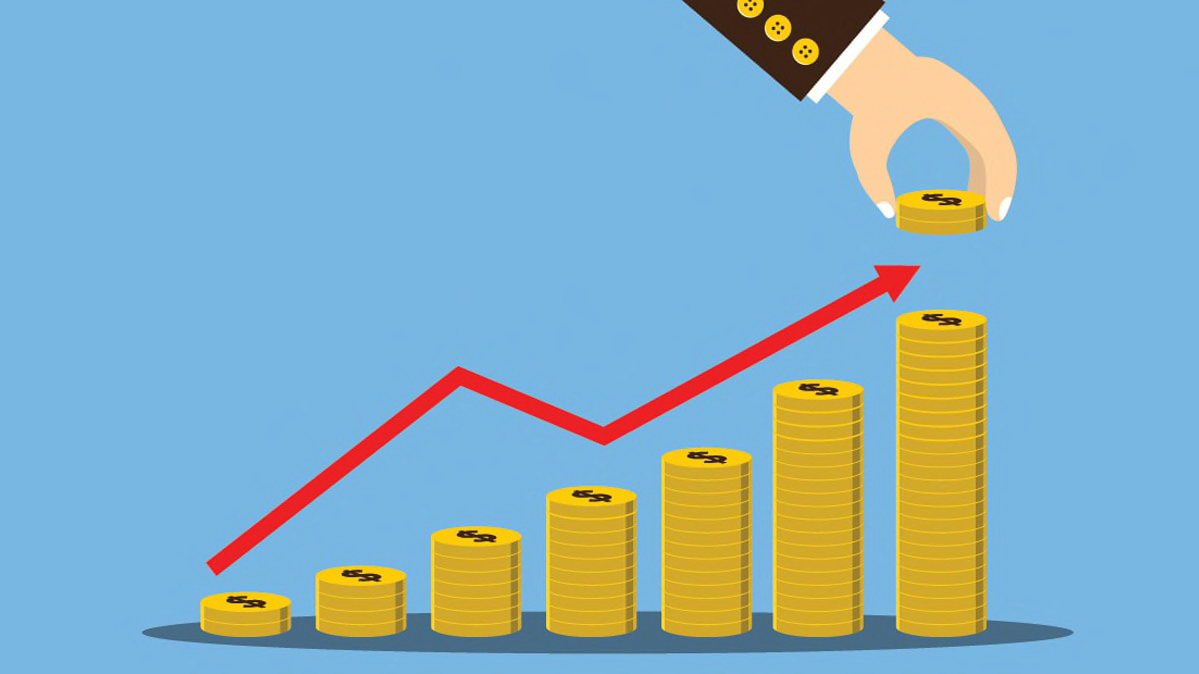
For more and more workers, saving for retirement means investing in a target-date retirement fund, an all-in-one portfolio that manages your savings for you.
More than half of employees with 401(k) plans invested only in a single target-date fund at the end of 2017, according to recent data from Vanguard.
The shift to target-date funds is due largely to big employers, who have been increasingly auto-enrolling new workers into target-date funds as a default option to get them started on saving.
So far, these funds have generally performed well. Over the five years ending in 2017, investors who held a single target-date fund earned median returns of 11 percent a year vs. 10.6 percent for do-it-yourselfers, who chose their own portfolios, according to Vanguard. The DIYers also had a much wider range of returns, while target-date investors had more consistent results.
Still, a one-size-fits-all investing approach may not be the best choice for you. "Target-date funds can work well for the average investor, but if you have more complex finances, or if you're nearing retirement, you may want to invest differently," says David Blanchett, director of retirement research at Morningstar, an investment research firm.
If you're considering a target-date fund, it's important to be clear about the pros and cons of these portfolios. And for investors who have held one for some years, you may need to rethink your retirement target date. After all, your goals may have changed or you may be better off with a customized fund portfolio.
Here are four guidelines to consider:
Update Your Target Retirement Date
When steering you toward a target-date fund, most 401(k) plans recommend using age 65 as a benchmark. But the funds are offered in five-year increments, and investors are often imprecise when choosing their target retirement year, research shows.
In a recent working paper, researchers at New York University, Iowa State University, and Rice University analyzed 401(k) enrollment data for nearly 34,000 participants who had invested in a single target-date fund. After adjusting for age and birth year, the researchers found that investors were more likely to opt for target-date funds with years that end in zero rather than five, even when the year ending in five was closer to their retirement year.
"Many people don't pay close attention when selecting the fund, and they find it easier to round off to zero rather than five," says study co-author Xiao Liu, an assistant professor of marketing at NYU who focuses on consumer decision-making.
If you choose a target date that is earlier or later than your planned retirement date, your fund may be invested too conservatively or too aggressively for your risk tolerance. You also may end up saving too little to meet your retirement goals.
What to do: Be sure to review your saving and retirement goals at least once a year. "Your retirement date is likely to be a moving target," says Anthony Ogorek, a certified financial planner in Williamsville, N.Y. Studies show that many workers retire earlier than expected, but others may stay on the job, perhaps part-time, past age 65. You can always switch to a different target retirement fund if your plans change.
Keep Tabs on Your Fund's Asset Mix
"If you haven't looked closely at your target fund in five or more years, you may be surprised by what the allocation is today relative to when you first put money in," Ogorek says.
Target-date funds gradually shift their asset allocation—the mix of stocks, bonds, and other investments—to become more conservative as you near retirement. These changes add up over time, so the amount your target fund currently holds in stocks, which may have been appropriate when for you were in your early 30s, may be too risky if you're a 40-something.
This change in asset mix—the so-called glide path—varies from fund company to fund company. Some target-date funds favor a more conservative strategy by bulking up on bonds at the retirement date, and other funds maintain a heavier investment in stocks well after age 65 to help keep pace with inflation.
Take the Wells Fargo Target 2045 fund, which is designed for someone close to age 40 and takes a cautious approach. The fund's portfolio shifts from its current mix of 80 percent stocks and 15 percent bonds to a roughly 40-60 stock-bond allocation by 2045. Within 10 years after retirement, the stock allocation drops further to just 30 percent.
By contrast, the Fidelity Freedom 2045 currently holds 90 percent of its assets in stocks and 10 percent in bonds. The stock portion declines to 67 percent around 2035 and continues to fall to 51 percent at the target date. In retirement, the stock portion falls gradually for the next 10 to 19 years, finally reaching 19 percent.
What to do: Be sure that your target fund's glide path suits your retirement goals—you can find this information on your 401(k) plan website or by downloading the fund's prospectus. As noted above, you can opt for a target-date fund designed for a different year if you aren't happy with the current mix. Or you can build your own portfolio; more on that below.
Evaluate the Fund's Fees
The good news is that fees for target-date funds continue to fall. The average asset-weighted expense ratio for these funds dropped to 0.66 percent in 2017, down from 0.71 percent the previous year and 0.91 percent in 2012, recent data from Morningstar show.
Even better, the fees that investors typically pay are even lower—just 0.47 percent. That's because most people are offered funds from low-cost providers, like Vanguard and Fidelity, which hold a large share of the 401(k) market. Vanguard's target series, which invests in ultra-cheap index funds, typically charges just 0.13 percent.
Still, not every target-date fund is a bargain. Some fund companies charge fees of 0.80 percent or more, according to Morningstar.
What to do: There's no reason to pay a high fee for a target-date fund. "If your fund charges more than 0.35 percent of assets, consider moving out of it," Ogorek says. As an alternative, check to see whether your 401(k) offers a cheaper balanced fund that provides a mix of stocks and bonds, or perhaps a low-cost stock index fund. If that's the case, put your money there, and add more diversification by saving in an IRA outside your plan.
Consider Building Your Own Portfolio
For those just starting out or those with uncomplicated financial situations, a target date fund can be all you need. But as you move through your career, and your finances grow more complicated, you may find the all-in-one approach too limiting.
Perhaps you have amassed savings outside your plan in IRAs or have a spouse's 401(k) that you need to coordinate with your account. Or maybe you are nearing retirement—and are thinking about how you will tap your 401(k) plan and other savings for income when you stop working.
"Target funds can be helpful for saving, but they won't provide much help in choosing a retirement withdrawal strategy," says Wade Pfau, professor of retirement income at the American College for Financial Services.
What to do: It's important to keep the big picture in mind, so make sure to include all your accounts in your asset mix. You can use online tools to help—your 401(k) plan website may offer options for entering your portfolio and calculating the asset allocation. Or you find similar tools at many fund company websites.
For those nearing retirement, it makes sense to get a portfolio checkup from a financial adviser. Make sure he or she is a fee-only certified financial planner, as well as a fiduciary—someone who will put your interests first. Some advisers, like many in the Garrett Planning Network, will offer advice for an hourly fee or a flat rate for a one-time planning session or a portfolio review.
















